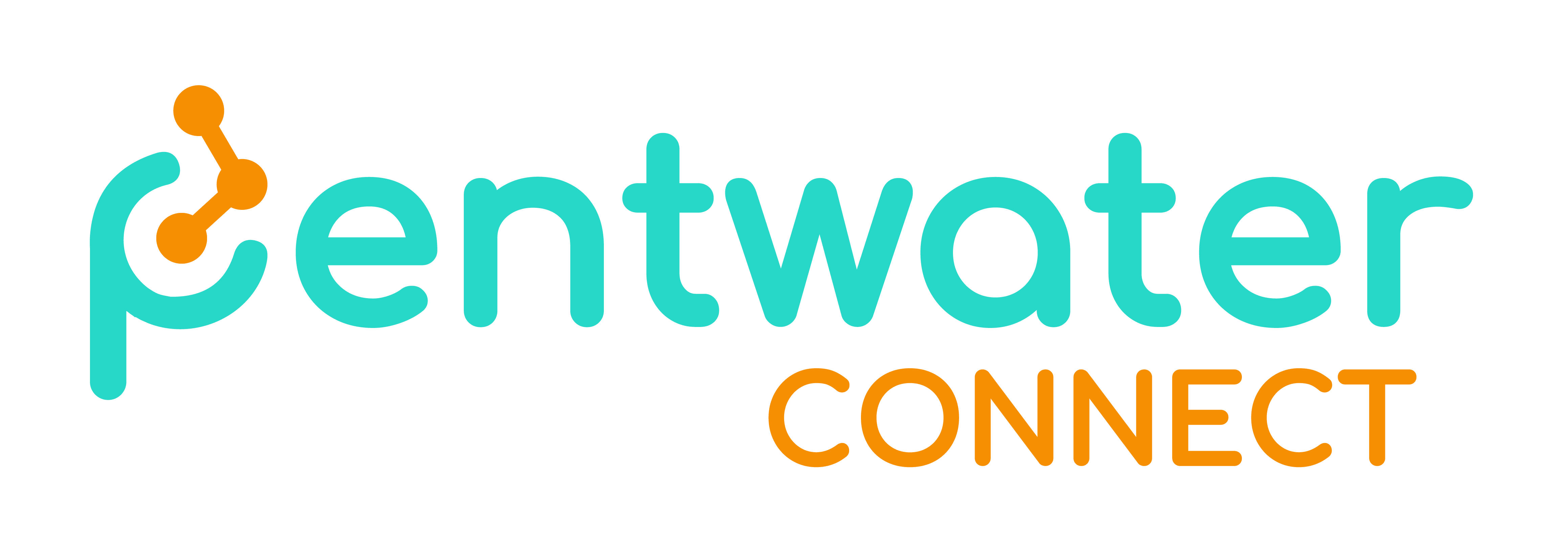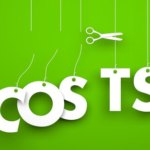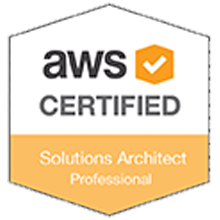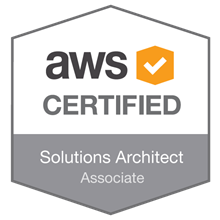We understand that choosing a call center software to get your business up and running is no slight task. The right choice can save you money, time, and frustration, and the wrong choice can result in increased overhead and decreased customer satisfaction.
On premises call centers bring all the equipment, software, phones, servers, and employees to one physical location to get things done. A cloud-based call center uses software and servers that are offsite, and which can be accessed from any device at any location with an internet connection.
At Pentwater Connect, we understand that making the right decision is important, so we are breaking down on-premises call centers vs cloud-based ones to give you all the information you need to make an informed and practical decision that fits your brand’s needs.
What is an On-premises Call Center?
Like what was mentioned above, an on-premises call center is a physical call center that houses all devices, software, employees, business operations, maintenance, etc. on the physical premises of the call center. It’s a traditional business location, where staff have to show up in person to get work done.
What is a Cloud-Based Call Center?
The cloud, an ever-evolving landscape of innovation and forward-thinking. At least, that’s what it’s intended to be. Cloud technology has been taking businesses by storm for years, and its time- and money-saving technology isn’t going anywhere anytime soon. It’s ever-changing, constantly evolving, and only getting more efficient and useful.
A call-center based in the cloud is as dynamic as the platform it uses. It allows agents to access the system and do their job from anywhere, just as you might do with your email or favorite streaming service.
New opportunities arise when you choose to move your business activity to the cloud such as a shorter and cheaper installation time, increased productivity, and many more great benefits. You can learn more in the breakdown we have in our direct comparison below.
On-premises vs Cloud-Based: A Direct Comparison
There are several factors that are important to discuss when helping a company choose the right call center option for them. Find a few of these factors in our analysis below.
Installation/Setup Time and Cost
On-premises: The software, hardware, and staff needed for on-premises call centers can include:
- Dedicated communication server (PBX or VOIP)
- Phones
- Desk, computer, headsets, and other equipment for on-premises employees
- Licenses and software
- IT personnel
- Building security systems
- etc.
Since on-premises call center server software and equipment is housed and used on the physical site of the business, you have to consider the time, effort, and cost that goes into the initial installation and setup of the service.
Equipment costs money and so does the labor of those that have to come to your location and install the equipment. Depending on who is installing everything and how complicated the process is, there may be a lengthy wait time to get business operations up and running.
Cloud Based: Cloud-based call centers, on the other hand, have their servers located online as a cloud-hosted PBX. Installation is typically quick and easy with a call to your chosen third-party service provider. Users can then access the system with their desktop or mobile device.
Day-to-Day Operations
The meat and potatoes of a call center is the day-to-day operations. Here’s how both work.
Cloud Based: To start off, a cloud-based call center utilizes the internet to connect calls, or, to be more specific, they make calls through a VOIP (voice over internet protocol). This means that you don’t have to be connected to a phone line to receive and place calls to customers.
On-premises: On-premises call centers use phone systems connected to the physical location. Some say that this is more secure since any sort of hacker would have to break into your actual location to get any information. This is a largely outdated idea due to heightened security measures that are now a part of the cloud environment for third-party hosting providers.
Other things to consider are the options your employees have to do their work. On-premises call centers need to come into work and use the equipment provided. Cloud-based call center employees just need an internet connection. Then they can use a smartphone, tablet, or computer to do their work.
Maintenance
On-premises: Device maintenance is a necessary evil for any technology centered job. It slows down processes and sometimes stops work completely depending on the maintenance needed. On-premises hardware and software will require regular maintenance and upgrades, which your organization will be in charge of.
Physical equipment also becomes out-dated as time goes on, and will have to be retired and replaced. You’ll have to take into account that you will have to update your equipment every few years to make sure you don’t lose efficiency.
Cloud Based: Cloud-based call centers leave the maintenance to the software providers, who already have a vested interest in their systems (because all of their clients are using them) As such, they benefit from economies of scale, and can more easily allocate resources to the upkeep of all the hardware.
That’s not to say there won’t be times where the system goes down, or that you’ll never need technical support to fix a problem. Problems are inevitable, but this way, you know there will be someone experienced to help you resolve the issue (and that you won’t be the one paying their salary).
Scalability and Remote Work
Remote working has become increasingly prominent since the COVID-19 pandemic, and more and more employees are working from home. Many businesses have found this arrangement more efficient for work and have considered a permanent switch.
No matter what category you fall under, the ability to work remotely based on several different possible scenarios (sickness, vacation, relocating employees, etc.) is a strength for a lot of companies. A cloud based call center system can give businesses the flexibility to facilitate such a work environment (and realize the related benefits).
Along with the possibilities of remote work, scalability is an important factor to consider. It is well known that the cloud environment is a perfect field for expansion and innovation. Scalability in a cloud environment is easy with just a quick call to your service provider to add more agents to your account. It costs money to grow, but there are no extra hardware or labor costs to get new employees started.
On-premises call centers need space and time to grow. An influx of customers means the need for more employees. More employees means the need for more phones, more office space, and maintenance teams to set everything up. In other words, it’s a big investment just to accommodate the growth in customer base.
Similarly, in the event you need to scale down, a cloud-based system means you’re never paying overhead for empty seats. Since your team is distributed, you’re not paying for a partially vacant building, abandoned devices, or software licenses that aren’t in use.
Security
On-premises: This is where on-premises call centers really shine. A lot of people find tangible systems, equipment, and work to be more secure. If people try to steal information from a physical location, they have to make it through building security on top of hacking into systems to get important information. Therefore, on-premises call centers may sometimes be more secure.
Cloud Based: Hosting business information in the cloud often feels less secure than storing it on-premises, due to the always-on nature of the internet. But we already trust the cloud with our incredibly sensitive personal information, and SaaS providers have dramatically increased security in the last few years as a result.
This means that hacking isn’t as easy as one might think. Most third-party service providers have several protocols in place to protect information and are constantly updating their security to keep up with clever hackers.
In the end, it’s up to how you feel your customers’ data will stay the safest. No matter what you choose, it’s important to do your research.
Pricing
On-premises: We have already touched on the start up costs that may go into an on-premises call center, but it’s important to touch on ongoing costs as well. For a physical call center, those would include maintenance fees, server costs, IT support staff, extra equipment as the company grows, and fees for any other personnel you have to have to keep an office functioning as normal.
That’s all on top of rental or property tax costs, utilities, and maintenance of the building itself.
Cloud Based: For a cloud-based call center, pricing is a little more straightforward. You will have to pay a fee for your third-party service provider and then you will most likely have a monthly or yearly fee for the services they’re providing you.
The Bottom Line
On-premises call centers are popular, but they can get held up by the lack of scalability as the business grows and costly setup and maintenance fees. Cloud-based call centers are the future and open up a multitude of possibilities. Pentwater Connect is here to make your call center dreams come true by facilitating lower overhead and improved customer service. We are an all-encompassing solution to get your business up and running.
Contact us today to learn more.







